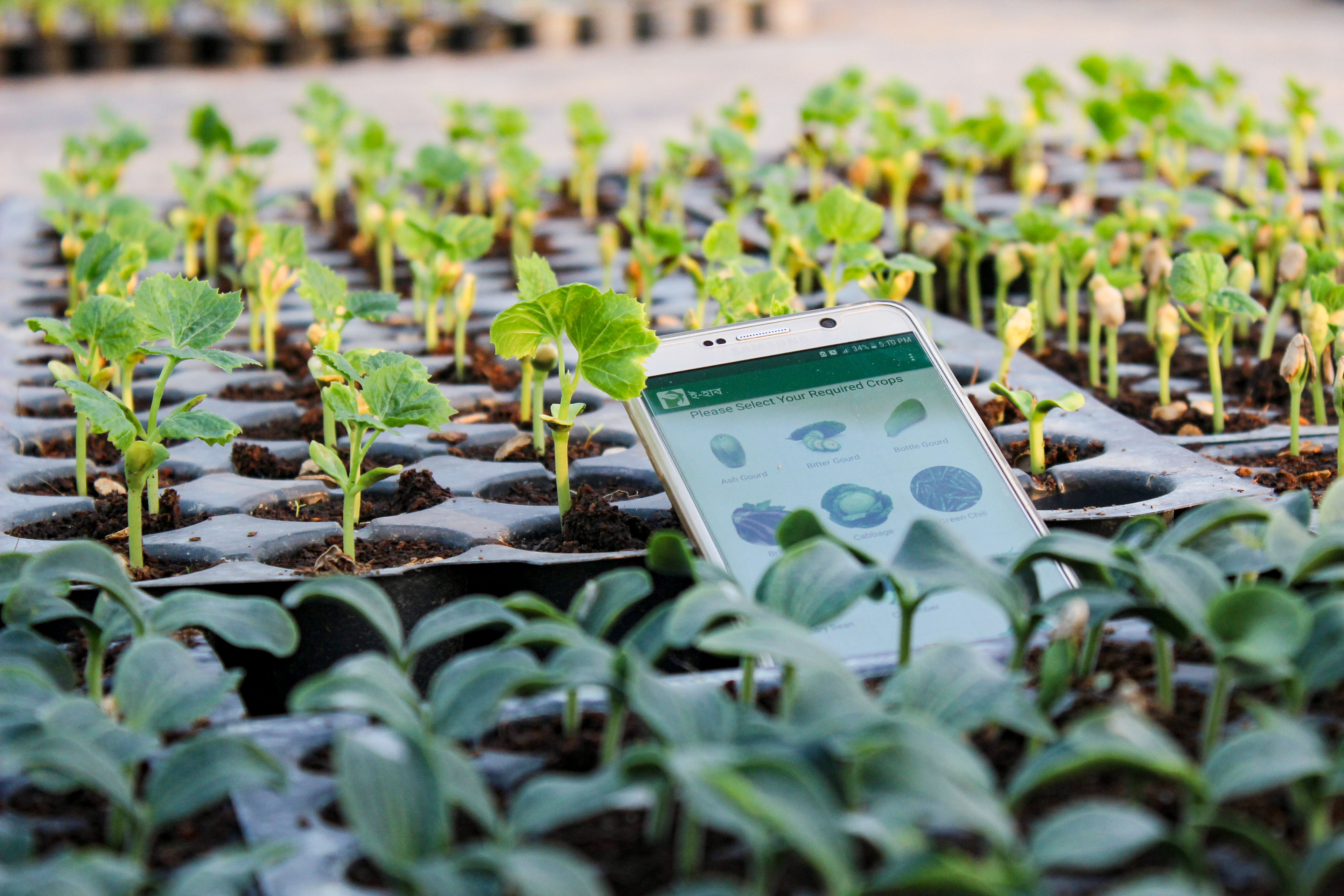EY refers to the global organization, and may refer to one or more, of the member firms of Ernst & Young Global Limited, each of which is a separate legal entity. Ernst & Young Global Limited, a UK company limited by guarantee, does not provide services to clients.
How EY can help
-
Optimize operations with Ernst & Young LLP Supply Chain consulting services. Use tech and AI to boost resilience, efficiency and value.
Read more
With 94% of the Fortune 1000 experiencing pandemic-related disruptions, an upended supply chain is the new reality. The disruptions fall into five categories:
1. Reduced consumer confidence and spending
Prior to the pandemic, food consumed away from home comprised half of US consumption. Where, what and how consumers purchase food has been profoundly changed. And even as food service tentatively reopens, people will not frequent public spaces they perceive to be a health risk.
As noted in the EY Future Consumer Index, about one-third of consumers are saving and stockpiling, while approximately one-quarter are deeply cutting spending due to the pandemic. Thus, the gains seen in grocery spending are being outpaced by reductions in out-of-home eating.
2. Channel inflexibility and lack of adaptivity
Most food and beverage manufacturers produce food for a particular channel — food service, retail and e-commerce — and the pandemic has exposed their lack of flexibility to pivot across production channels. The reasons are numerous, from the complexity and cost of safely installing new equipment to managing supply chain issues including ingredients, packaging and label changes. Cross-functional and effective management of change requires structure, time and effort.
Some manufacturers and restaurants have taken up the challenge by focusing on critical items, rather than providing a range of consumer options.
3. Transportation strains
The shift in consumer purchasing as well as increased border controls (and closures) have impacted transportation channels by air, sea, rail and road. Delays, combined loads and alternative routes have a particularly strong impact on the shelf life of perishable items such as bananas and time/temperature control items such as fish. Increased rates add to the financial challenges.
These acute issues are compounding existing ones, such as the shortage of long-haul semitruck drivers. The health risks of COVID-19 to older populations will likely exacerbate the shortage by pushing even more drivers to retirement or other careers.
4. Social distancing and workplace design changes
For social distancing, manufacturing lines must be retrofitted to protect the worker and continue to manufacture the product. Automation addresses some of these issues but retooling a manual plant to a robotic line is costly, complex and effectively irrevocable. Once committed to automation, a complete process design is necessary to enable and optimize that automation and examine opportunities to utilize those investments across the business from production to packing, delivery and sales. The volume and complexity of required design changes vary by food form, number of employees, level of automation, types of products manufactured and by-product streams.
The challenge is thinking through practical options for use in the short term to enable social distancing. Additionally, there is an opportunity to invest in short-term solutions that can be parlayed into long-term improvements within the constraints that each product and plant design present.
5. Labor-related agricultural challenges
The pandemic has brought about worker sickness and a reduction in the migrant workforce. Migrant workers are a key enabler of American agriculture because certain crops are very difficult to harvest by machine, and the harvest window can be incredibly short.








